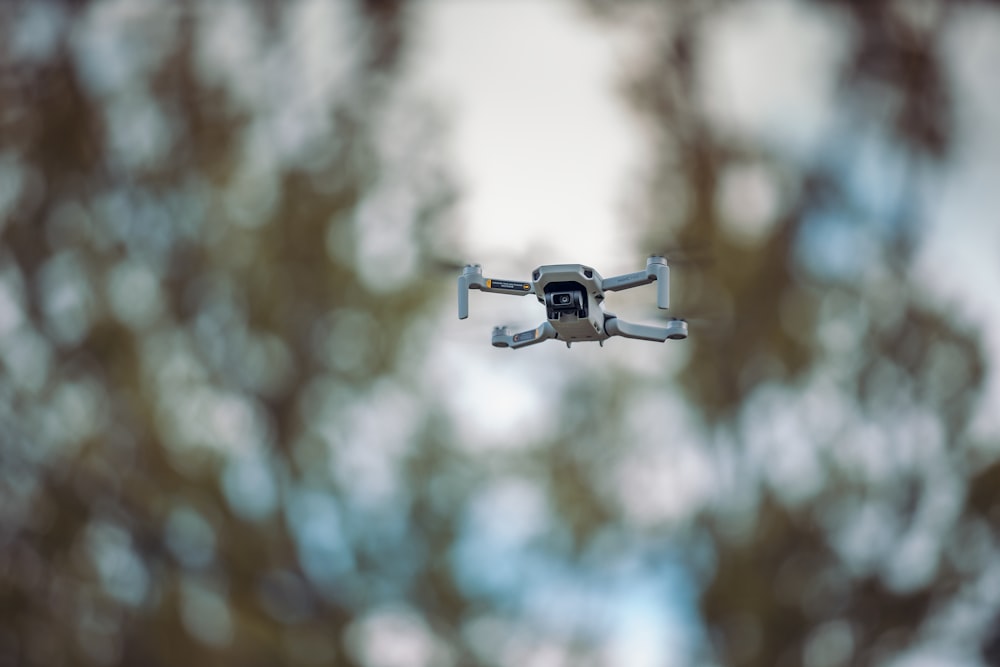The KUBeetle-S is a project initiated by a research team at Konkuk University. The robot draws inspiration from the insect species known as the horned beetle. The flying insect’s scientific name is allomyrina dichotomy and is among. The largest known insects in the world today. This giant beetle has an average wind loading of 40 Newtons per meter-squared and weighs in at about 5 to ten grams. The Insect wing loading is higher. The average loading of the other insects is roughly 8 Newtons per meter-squared. For the KUBeetle-S to emulate the Allomyrina dichotoma’s flight pattern, the researchers developed a flapping-wing simulation to create a sizeable flap angle.
This approach was necessary for creating the robot’s flight lift compensating for its net weight. The mechanism that the KUBeetle-S uses is what we see on the horned beetle. The researchers have worked tirelessly to ensure the success of this project. The KUBeetle-S does not have control. The tail section is a typical flying robot. That has been designed in the past. The flapping wings on the robot are the ones responsible for producing control and rotational moments. They do this by altering the wing orientation amid the flight movement. The wings are equipped with a control moment generator that directly influences. The motion control of the tech robot.
Motion Control on the KUBeetle-S
Through the control mechanism, the KUBeetle-S can be able to move right, left, and backward. As a result, The robot achieves its vertical lift directional control while also developing control moments. The moment generator uses light servo motors as a source of energy internally integrated with the mechanical system. The KUBeetle-S can be controlled remotely by a control board employed a solid feedback control system. The flying robot uses an algorithm designed by Konkuk University.
The KUBeetle-S manages to alter its motion orientation with a variety of flight mechanisms, just like the horned beetle. The robot is launched. International Journal Micro air vehicles. The tech robot’s flight capabilities involve hover flight, capable of a large 180-degree high stroke amplitude. The research team is made significant breakthroughs by designing. The KUBeetle-S use a low voltage power generator. The approach was designe to ensure. The robot achieves remarkable flight endurance. It is a major attribute that all flying robots need to have within their design.
KUBeetle-S Design Structure
Developments were to extend. The endurance period involved. The design of an aerodynamically competent wing structure. The researchers accomplished this by ensuring that the wing area of the KUBeetle-S was large enough to satisfy the wing loading parameters of the horned beetle from which it draws its inspiration. To achieve this feat. In the Inboard section, The wing was eliminate. This mechanism ensured. The KUBeetle-S achieved a perfect lift-to-power ratio by improving the aerodynamic lift of the wings. The net input voltage was significant. The low voltage power generator makes use of a LiPo battery system to power the robot’s motor.
After coming up with the strategical design of the KUBeetle-S, the research team performed several tests that sought to determine the endurance and performance of the flying robot. It was establish by using a low voltage source driving motor shielded from overheating. Operating the motor in an acceptable thermal range ensured that it achieved remarkable flight endurance. The major advantage of the KUBeetle-S is that it is a lightweight tech robot, a significant achievement in the robotics industry. The team made use of effective and simplified control structures that were elemental in enabling them to make use of small servo motors.
Notable Improvements
The KUBeetle-S weighs 15.8 grams making. Tt the lightest robot on to wings. It can facilitate free controlled flight with all its components on board. The First KUBeetle-S prototype powered by a 7.4V dual-cell LiPo battery. Weighed in at 16.4 grams. The time researchers managed to shrink down. Weight 0.6 grams. The flight time increased by three minutes to nine minutes in the air. They discovered that having a satisfactory aerodynamic structure on the wings goes a long way into improving the robot’s flight endurance.
In the future, the researchers plan on further extension of the flight time on the KUBeetle-S as well as incorporating a visual system onboard for better flight navigation. They want to add more design capabilities to improve. The robot stability transitioning between trajectories making. It is a much better flight robot.


